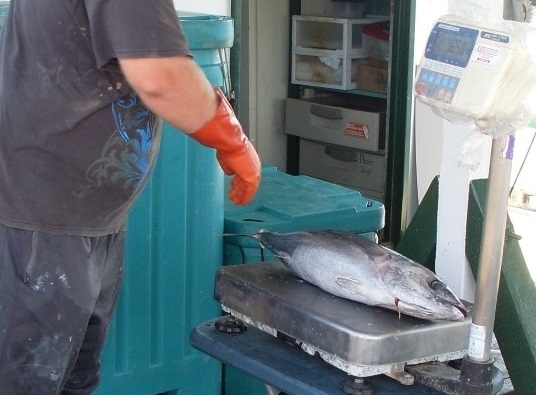
Permits and More
Several additional permits, licenses and certificates -- in addition to general state and local business licenses and fishing permits -- may be required when developing an alternative market for seafood. However, this is not always the case and it depends on the:
- Seafood product form
- Type of alternative market
- State (geographic location) where the catch will be marketed
For example, there are regulatory requirements for producing certain ready-to-eat products -- seafood that consumers do not need to cook in order to eat -- such as smoked seafood or appetizer spreads and salads. Fishermen who produce these types of products are ‘processors’ and are required to obtain formal seafood safety (HACCP) training and follow required seafood safety practices. Similarly, selling via certain types of seafood alternative markets such as institutional foodservice or restaurants may requires compliance with seafood safety regulations that differ somewhat from markets where product is sold direct to consumers. Depending on the situation and location of the individual fishermen, the necessary requirements will vary.
Contacts
Regulations, permits and fees constantly change and vary among states and counties. It is critical to contact the appropriate regulatory agencies when developing an alternative market. Such agencies include, but are not limited to:
- Departments of Fish and Wildlife
- Departments of Agriculture
- Departments of Public Health
(State and County-Based) - Local Authorities
(Harbor, City, County)
For a general overview of agencies involved in seafood alternative marketing see Agencies. Also, here we provide a list of agencies and associated permits, licenses, certificates and fees to give fishermen an idea of what may be required in: